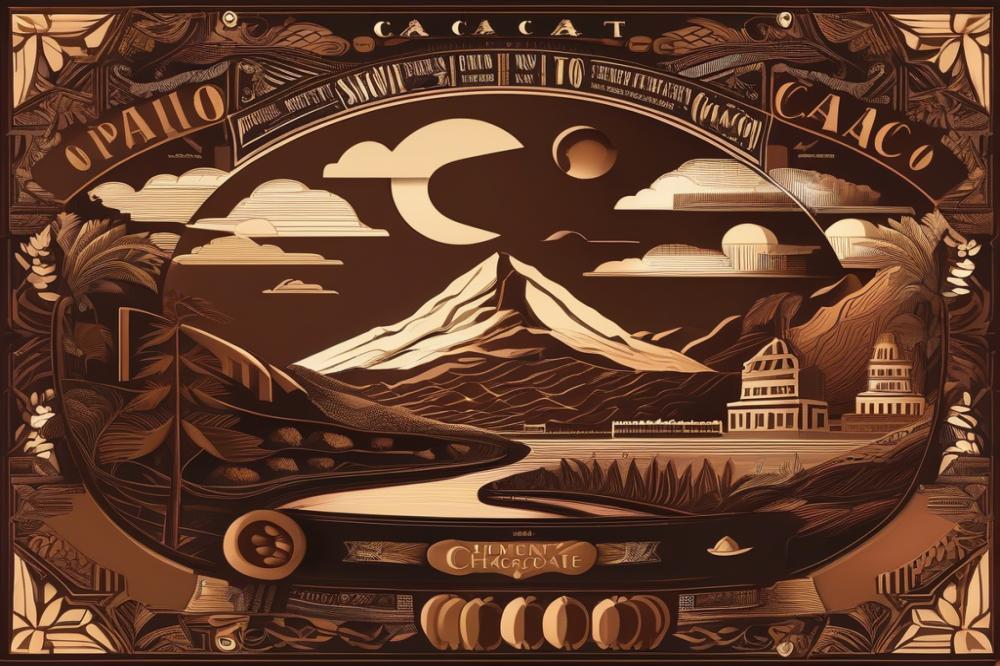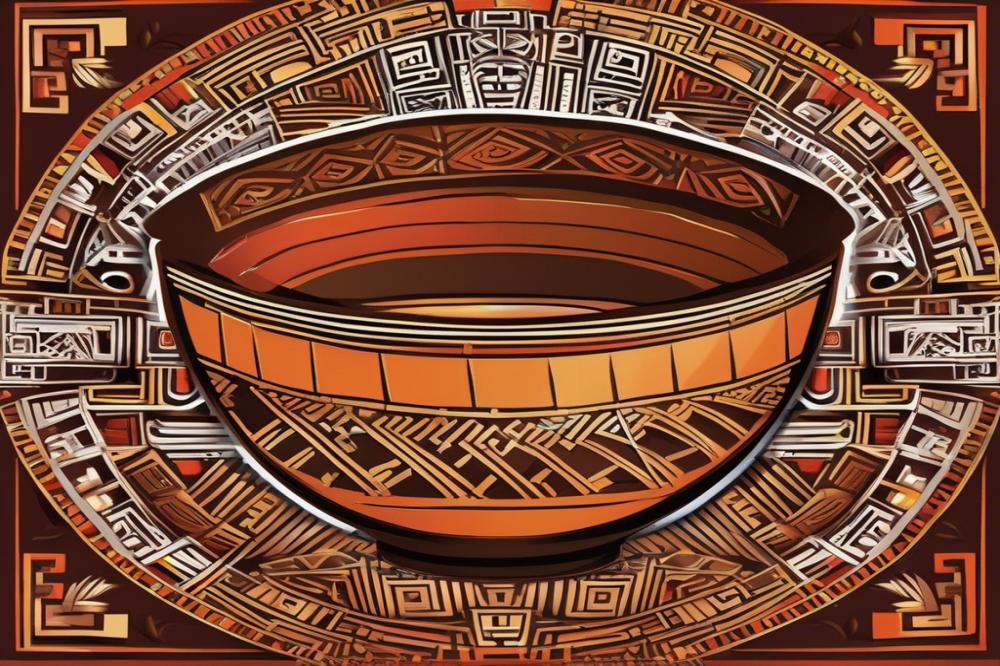Introduction
Chocolatebix.com/the-history-of-Chocolate-in-art-and-literature”>Cacao has played a vital role in human history, serving as food, currency, and even a sacred drink in ancient cultures. Early civilizations, like the Mayans and Aztecs, cherished the bitter qualities of Cacao, often preparing it in drinks that were far from sweet. This bitter cacao was not just a treat; it held cultural significance and represented power and wealth.
The transition from bitter cacao to sweetened chocolate marked a fascinating journey in food history. Over centuries, innovations in cacao processing transformed how this delightful ingredient was enjoyed. By adding sugar, people began to explore a new world of flavor transformations. sweetened chocolate quickly became a popular treat in Europe, captivating taste buds and making a significant impact on culinary traditions.
Understanding the journey of chocolate is essential for appreciating its cultural importance. Throughout history, chocolate production mirrored social changes and technological advancements. The addition of sugar in chocolate opened up a realm of culinary uses that we continue to enjoy today. From cakes to beverages, this beloved ingredient finds its place in countless recipes. Exploring these uses reveals not only the flavors we adore but also the rich tapestry that chocolate has woven into our lives.
The Origins of Cacao
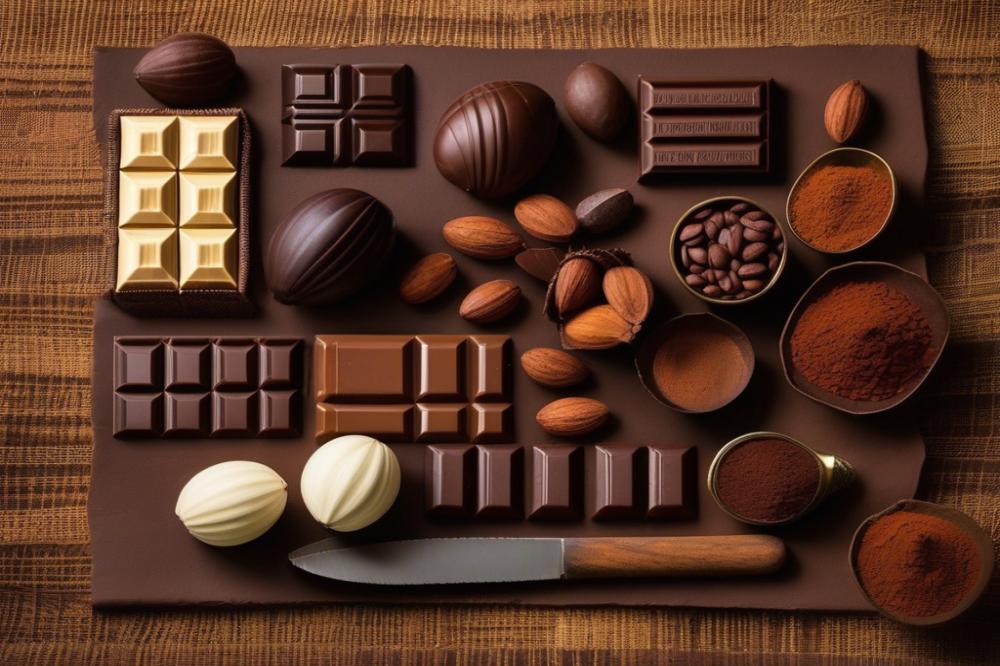
Historical Background of Cacao Cultivation
Cacao has a rich history that dates back thousands of years. Cultivation began in the tropical regions of Central and South America. The Olmecs are believed to be the first to grow cacao trees around 1500 BCE. They recognized the potential of the bitter cacao beans. Subsequently, the Maya and Aztec civilizations embraced it. For them, chocolate was more than just a food; it was a sacred drink. Both cultures harvested cacao and created rituals surrounding its use. Their deep respect laid the groundwork for chocolate history as we know it.
Symbolism of Cacao in Ancient Cultures
In ancient times, cacao held special meaning. For the Maya, it was associated with fertility and life. It often appeared in their ceremonies and was used in various events. The Aztecs, on the other hand, used cacao to symbolize wealth and power. They even used cacao beans as a form of currency. Drinking this bitter beverage was a privilege for the elite. Chocolate became an important part of their culture and identity. It showed how something as simple as a bean could carry immense value.
The Role of Cacao Beans in Trade and Economy
Trade routes flourished because of cacao beans. They became a vital commodity in Mesoamerica. People exchanged cacao for other goods, leading to economic growth. Chocolate production spurred interest and demand. As a result, European colonists eventually recognized its worth. They began importing the beans back to Europe. Over time, sugar in chocolate became a game-changer. The introduction of this sweetener led to flavor transformation and new culinary uses. The journey from bitter cacao to sweetened chocolate is indeed fascinating.
Bitter Cacao: Early Uses and Cultural Significance
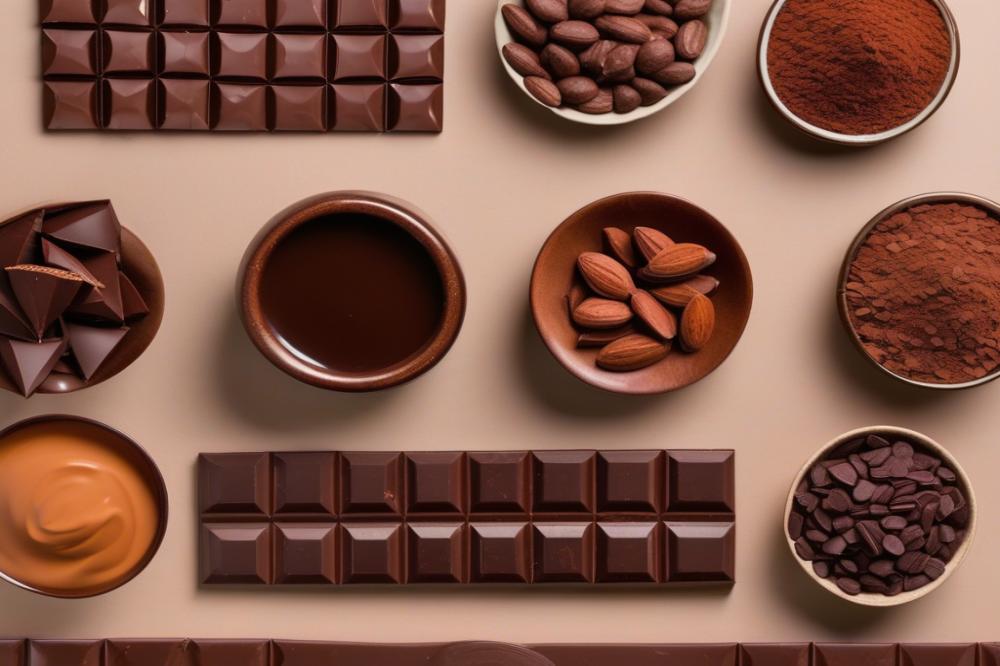
Bitter cacao played a vital role in ancient civilizations. These societies used cacao beans to create beverages that were far from the sweetened chocolate we enjoy today. Early on, people mixed crushed cacao beans with water, spices, and sometimes peppers. This resulted in a thick, frothy drink that was both bitter and intense.
Cacao was often part of rituals and significant social customs. For the Mayans and Aztecs, it symbolized wealth and was used in various ceremonies. They even used cacao beans as currency. These beans held immense value, making them an essential part of trade and daily life.
Flavor transformation began with the introduction of sugar in chocolate. Modern chocolate differs significantly from its ancient counterpart. Today, sweetened chocolate is typically smooth, creamy, and enjoyed by many across the globe. In contrast, the early drinks were bitter and often not palatable for our contemporary taste buds.
Understanding chocolate history helps highlight these differences. While modern cocoa solids provide a rich experience, ancient beverages weren’t as refined. Over time, cacao processing advanced, allowing for smoother and sweeter outcomes. The culinary uses of chocolate have expanded tremendously, taking it far beyond bitter concoctions.
Today’s chocolate production involves a balance of ingredients, making the transition from that original bitterness to delightful sweetness possible. By combining cacao with sugar, we’ve created a widespread treat loved by all ages. This evolution illustrates how cultural significance and taste can change over time.
The Development of Chocolate Processing Techniques
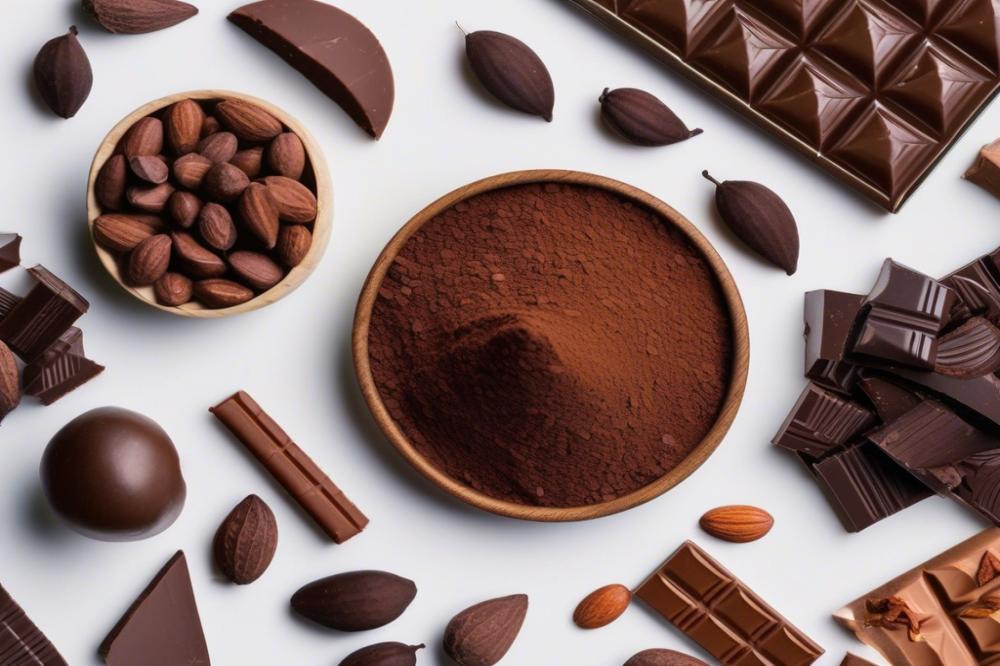
Over the centuries, chocolate processing techniques have evolved significantly. Initially, people used methods that brought out the best in bitter cacao. Innovations transformed the way we enjoyed this once-unpleasant flavor. Early civilizations ground cacao beans with simple tools to create a paste. This marked one of the first steps towards the complex world of chocolate we know today.
Grinding laid the foundation for mixing techniques. By combining cacao paste with other ingredients, people discovered ways to enhance taste. The addition of sugar changed everything, turning the bitter chocolate into a sweeter delight. This flavor transformation made chocolate accessible to a broader audience. As more methods emerged, chocolate began to gain popularity, especially in Europe.
Introduction of Grinding and Mixing Techniques
Grinding was not just about breaking down the beans. It allowed the release of cocoa butter, which adds richness. Mixing came next and brought different flavors into harmony. Early chocolate makers experimented with spices and other additives. These enhancements created unique culinary uses of chocolate. Soon, recipes spread, leading to a chocolate culture that thrived worldwide.
Emergence of Cocoa Solids and Their Role in Chocolate Production
The development of cocoa solids was another pivotal advancement. These solid components became essential in chocolate production. As the process refined, makers learned to separate cocoa butter from the solids. This separation allowed for a variety of chocolate types. Today, dark, milk, and white chocolates all stem from this innovative separation.
Understanding these elements is crucial. Cocoa solids contribute to texture and richness, influencing the final product’s taste. They combine with sugar in chocolate, providing balance to sweetness. This layering of flavors has made chocolate a beloved treat across generations. With every step in processing, sweetened chocolate has evolved into a dessert enjoyed by millions.
The Sweetening Revolution
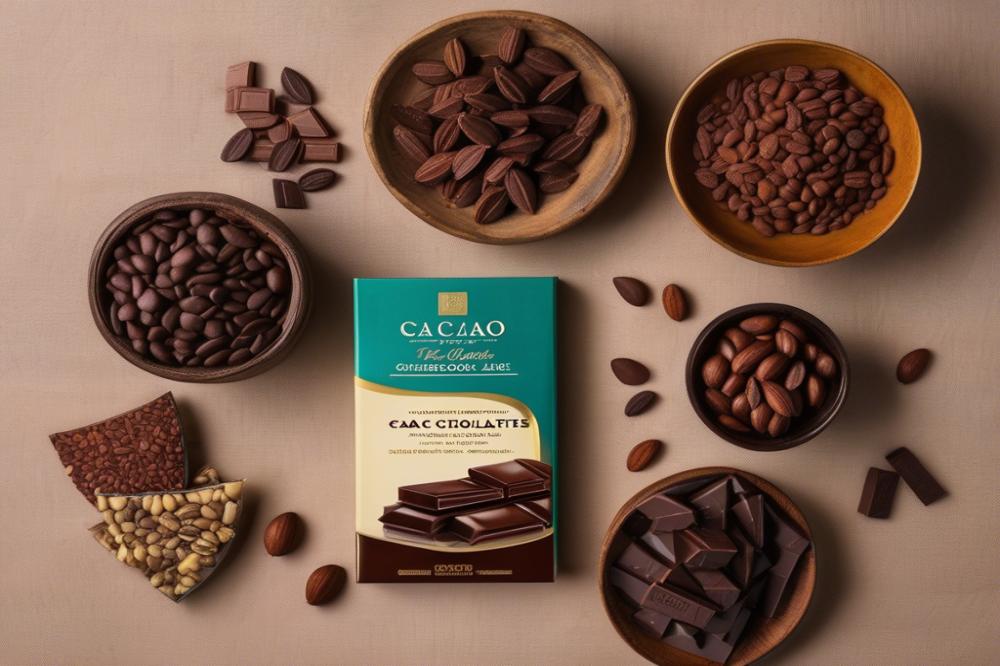
The journey from bitter cacao to sweetened chocolate is a fascinating tale entwined with culinary advances and historical moments. Early chocolate was not for the faint-hearted. It was primarily enjoyed as a bitter beverage, primarily by ancient civilizations in Central America. Those who first cultivated cacao beans were accustomed to the intense, earthy flavors. They valued the drink more for its stimulating effects than for pleasure.
The introduction of sugar in chocolate marked a groundbreaking change. Sweeteners were initially viewed as a luxury, but their impact soon reshaped the chocolate experience. Sugar brought a delightful contrast to the previously harsh flavors of cocoa solids. It acted as a bridge, allowing more people to appreciate chocolate, not just as a beverage, but as a treat.
Culinary Explorations
During the 17th century, sugar began to spread across Europe. It became a prominent ingredient and infused into various foods and beverages. Sweetened chocolate quickly captured the attention of the elite. These early adopters influenced how chocolate production evolved. Recipes began to incorporate combinations of sugar and spices, creating a unique taste that was more inviting than the bitter drink of old.
Culinary uses of chocolate expanded dramatically with this sweetening trend. Chocolate houses emerged as popular social venues, catering to an audience eager to indulge in the new sweet flavor. This not only changed consumer habits but also created demand for innovative chocolate processing techniques. Chefs and chocolatiers experimented with different forms, eventually leading to solid chocolate products.
Key Figures and Moments
Several key historical figures played vital roles in this transition. One significant player was Joseph Fry, who developed the first modern chocolate bar in the 1840s. His methods combined cocoa powder, sugar, and cocoa butter, revolutionizing the industry. This new form made chocolate readily accessible and appealing to the masses.
Another important moment occurred with the introduction of milk chocolate. In the mid-19th century, combinations of chocolate and milk created a creamy texture that delighted many palates. The contributions of figures like Daniel Peter and Henri Nestlé further pushed the sweetened chocolate revolution forward. Their collaborations led to the creation of the first successful milk chocolate bars.
The evolution didn’t stop there. As the desire for sweeter flavors grew, the chocolate industry expanded its reach and variety. Different forms of sugar were incorporated, along with other flavoring agents. This adaptability fueled the creativity of chocolatiers and catered to a growing global market.
Ultimately, sugar changed the chocolate landscape entirely. The once bitter beverage transformed into an irresistible treat enjoyed by people all over the world. As the sweetening revolution progressed, chocolate became a symbol of indulgence, celebration, and joy—forever altering its place in culinary history.
The Rise of Sweetened Chocolate in Popular Culture
The transformation from bitter cacao to sweetened chocolate marks a significant chapter in chocolate history. Initially, early chocolate consumed in Europe and America was often unpalatable. Bitter cacao prepared as drinks was the norm, lacking the sugar that we enjoy today. Over time, people sought ways to improve this flavor. The addition of sugar began a remarkable journey, turning chocolate into a delightful treat.
Evolution of Chocolate Consumption in Europe and America
As trade routes opened, the availability of cacao beans increased. Sugar became more accessible as well. Sweetened chocolate quickly gained popularity in Europe during the 17th century. Hot chocolate made with sugar became a fashionable drink among the elite. Americans soon followed suit, integrating chocolate into their diets. The love for this sweetened delight spread across social classes. Today, chocolate is loved by all, transcending cultural boundaries.
Culinary Uses of Chocolate in Desserts and Beverages
Culinary uses of chocolate have evolved remarkably over the years. Its role in desserts is vital at celebrations and gatherings. From rich cakes to creamy mousse, sweetened chocolate adds depth and joy to every dish. Chocolate drinks, especially hot cocoa, became staples in many households. These recipes often call for cocoa solids, providing the flavor we crave.
Influence of Industrialization on Mass Chocolate Production
Industrialization transformed chocolate production forever. Factories began processing cacao beans on a large scale. This advancement allowed for better quality control and affordability. Sweetened chocolate became more accessible to everyone, not just the wealthy. Processed chocolate sparked a surge in new products like bars and candies. People embraced these innovations, paving the way for the expansive chocolate market we know today.
Modern Chocolate Varieties and Flavor Profiles
Today, sweetened chocolate offers a wide range of flavors and varieties that reflect its rich chocolate history. Dark, milk, and white chocolate are the most popular types. Dark chocolate is known for its higher cacao content, which gives it a richer, bolder flavor. Milk chocolate, on the other hand, contains added milk and sugar, resulting in a creamier and sweeter taste. White chocolate, made primarily from cocoa solids and sugar, has a distinct flavor, as it lacks the characteristic bitterness of cacao.
The cacao content plays a crucial role in defining the taste and sweetness of chocolate. Higher cocoa content means more pronounced bitter notes, while lower percentages lean toward sweetness and smoothness. As chocolate production evolves, chocolatiers experiment with varying cacao levels, creating products that cater to different palates. This balance is key for many chocolate lovers.
Cacao processing has a significant impact on flavor transformation. After cacao beans are harvested, they undergo fermentation, drying, and roasting. These steps enhance the chocolate’s complexity, bringing out natural flavors. Some producers focus on specific regions, showcasing the unique terroir of their cacao. As a result, chocolates from different areas can exhibit varied taste profiles, adding to the excitement.
When it comes to sugar in chocolate, it’s essential to strike the right balance. Too much sugar can overpower the natural cacao flavors, while too little may result in a bitter bite. Modern chocolatiers often seek that perfect sweetness level, allowing bitter and sweet to harmonize beautifully. This balance creates a delightful experience for consumers as they enjoy their favorite treats.
Culinary uses of chocolate are vast and varied. From classic desserts like brownies to innovative pairings with savory dishes, sweetened chocolate has found its place in many kitchens. Chefs often experiment with different types, finding ways to highlight specific flavor profiles. Whether it’s a rich dark chocolate sauce or a creamy milk chocolate mousse, possibilities are endless.
Challenges in the Cacao Industry Today
Current Issues Facing Cacao Farmers and Production Practices
Many cacao farmers face tough challenges today. Low prices hurt their livelihoods significantly. When global demand increases, it often doesn’t reflect in the money they earn. Climate change adds another layer of difficulty. Erratic weather patterns can destroy crops and reduce yields. As a result, some farmers struggle just to get by. Practices of cultivation can also be outdated. Not all farmers are equipped with the knowledge to innovate. That hampers productivity and can lead to poor quality, especially in the early stages of cacao processing.
Sustainability and Ethical Considerations in Cacao Sourcing
Sustainability is on everyone’s mind, and rightly so. Ethical sourcing of cacao beans is crucial. Consumers are more aware of how their favorite sweets are produced. Transparency in chocolate production is now a demand rather than a bonus. Additionally, child labor is a serious concern in many regions. The issue raises eyebrows and questions about the origins of sweetened chocolate. Organizations are working hard to combat these problems. Fair trade practices can help create better conditions for farmers. Encouraging eco-friendly farming methods presents benefits over the long haul.
The Future of Cacao and Chocolate Processing
Looking ahead, the future of cacao seems promising yet challenging. New technologies could improve cultivation methods and efficiency in processing. Companies are slowly realizing the importance of flavor transformation. Combining bitter cacao with organic ingredients can lead to healthier options. Innovative culinary uses of chocolate also arise from this approach. As preferences lean toward natural products, more sustainable options attract attention. Sugar in chocolate may still reign supreme, but there’s room for healthier alternatives. Progressive brands are already exploring these avenues. Overall, the industry stands at a crossroads where the path chosen will shape the chocolate history of tomorrow.
The Final Transformation
The journey from bitter cacao to sweetened chocolate is nothing short of remarkable. It illustrates humanity’s ability to adapt and innovate. While early civilizations cherished chocolate in its raw and unsweetened form, modern tastes have favored the delicious sweetness we enjoy today.
This evolution in flavor has cultural significance that spans the globe. Chocolate once symbolized wealth and sophistication among the ancient Mesoamerican cultures. Over centuries, it transformed into a beloved treat, cherished in societies around the world. Its impact on celebrations, gift-giving, and even daily life showcases its importance throughout history.
Now, let’s consider culinary creativity. Chocolate remains a canvas for chefs and home cooks alike. From decadent desserts to rich beverages, its versatility has brought forth countless innovations. Each recipe offers a unique spin on how we experience and enjoy it, allowing for endless flavor combinations.
In reflecting upon this journey, it’s clear that the transformation from bitter cacao to sweetened chocolate is more than just a change in taste. It marks a cultural shift and highlights the enduring bond we have with this beloved treat. As we continue to explore new ways to enjoy chocolate, there’s no doubt that it will remain a significant part of our culinary landscape.

